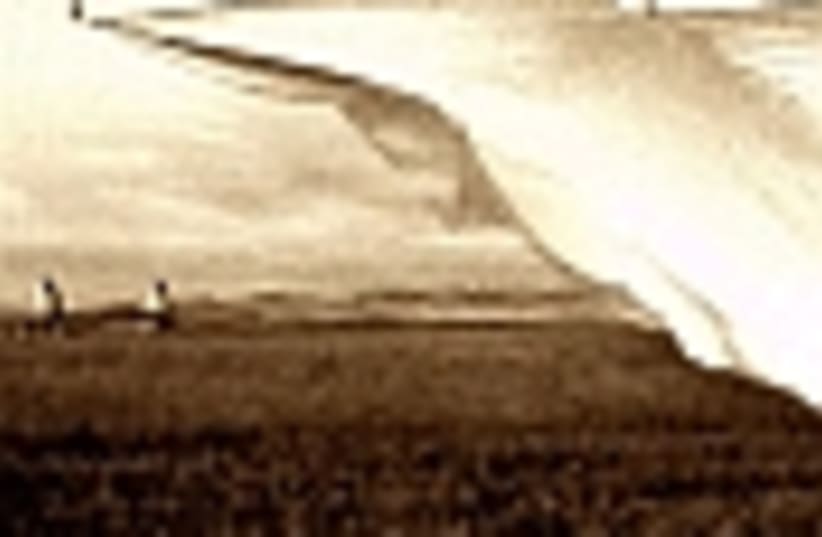| More about: | The White Stripes, The Velvet Underground, John Cale, Iggy Pop |
Young's return is no swan song
The Stooges' self-titled debut was released in 1969, but 35 years later, it still sounds like it could have been released last week.


| More about: | The White Stripes, The Velvet Underground, John Cale, Iggy Pop |